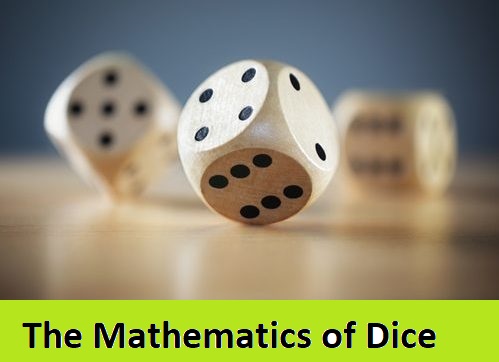
Dice games are as much about strategy as they are about luck. To gain a competitive edge, it’s crucial to understand the underlying mathematics, particularly probability. This knowledge can guide your decisions and strategies, helping you improve your overall game. Here’s a breakdown of how probability impacts dice games and how to use it to your advantage.
**1. Basics of Dice Probability**
Dice are a classic example of random number generation, and their outcomes are governed by probability. For a standard six-sided die, each face has an equal chance of landing face up. This means the probability of any specific number appearing is 1/6, or approximately 16.67%. Understanding this basic concept helps players gauge the likelihood of various outcomes and plan their moves accordingly.
When multiple dice are involved, calculating probabilities becomes a bit more complex. For instance, the probability of rolling a sum of 7 with two six-sided dice is higher compared to other sums. This is because there are multiple combinations (1+6, 2+5, 3+4, etc.) that add up to 7, making it the most frequent sum. By recognizing these patterns, players can make more informed decisions based on the likelihood of certain outcomes.
**2. Applying Probability to Strategy**
Once you grasp the basics, applying probability to your strategy can enhance your gameplay. For example, in games where you bet on the outcome of dice rolls, knowing the odds can help you place smarter bets. If the probability of an event is low, it might be wise to avoid risky bets, whereas higher probability events might be worth considering.
In games like Craps, where you bet on various outcomes, understanding the probabilities of different bets can significantly impact your success. Some bets have a lower house edge due to higher probabilities of winning, making them more favorable for players. By focusing on these bets, you can maximize your chances of winning over the long term.
**3. Advanced Probability Techniques**
For more advanced players, delving into combinatorial probability and statistical analysis can further refine your strategy. This involves calculating the number of possible outcomes and their respective probabilities to predict the likelihood of complex scenarios. Techniques such as expected value calculations can help you evaluate the potential returns of different betting strategies, guiding you toward more profitable decisions.
In summary:
mastering the mathematics of dice probability is a powerful tool in improving your game. By understanding basic probabilities, applying them strategically, and exploring advanced techniques, you can enhance your decision-making process and increase your chances of success.


